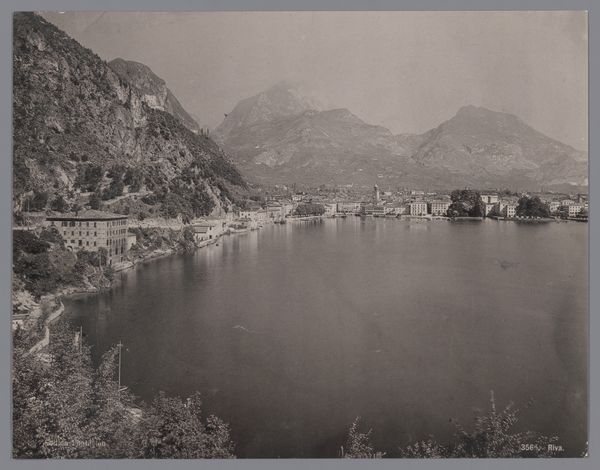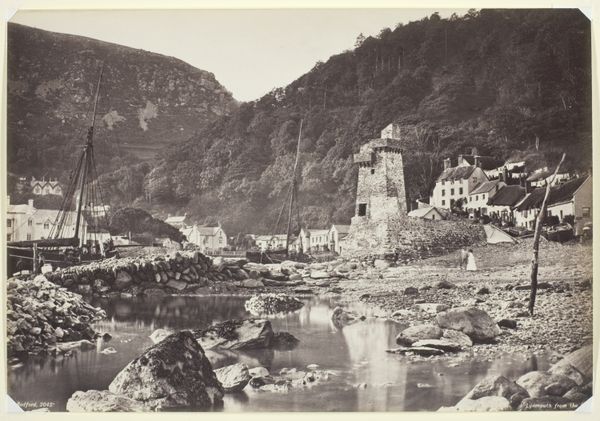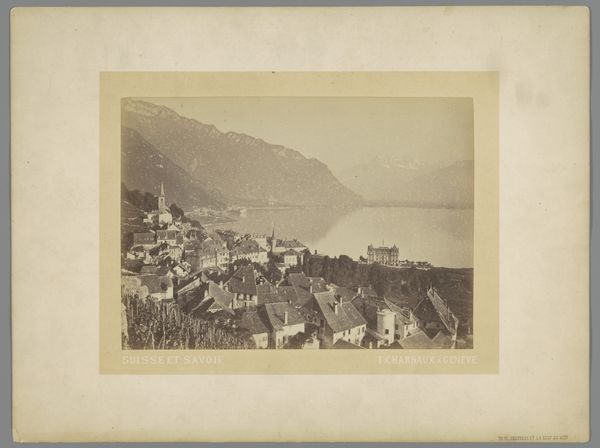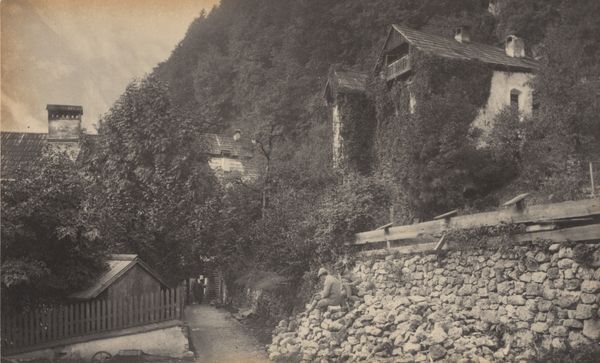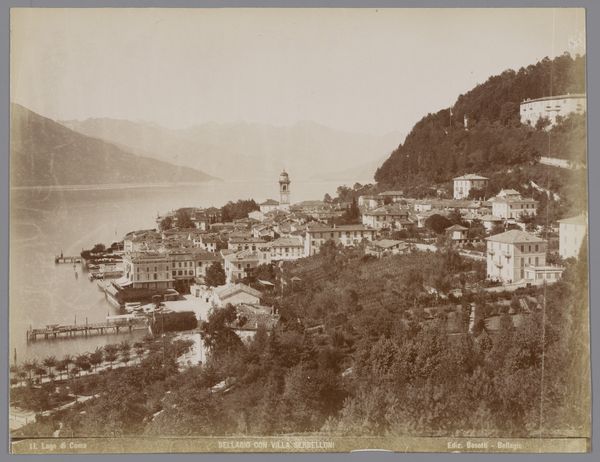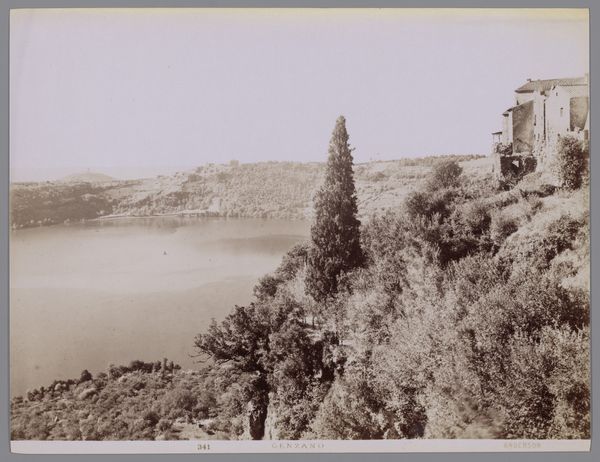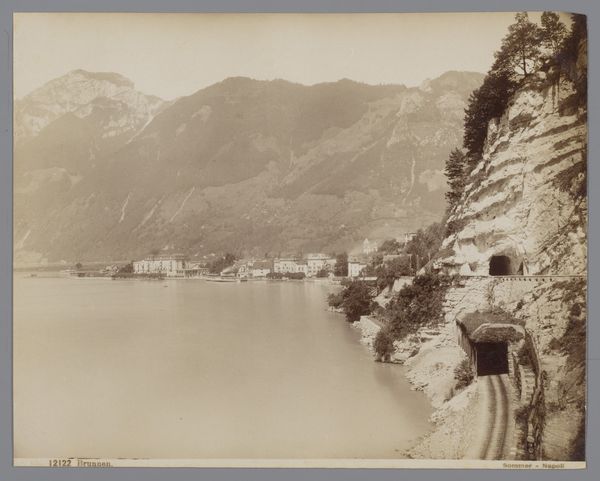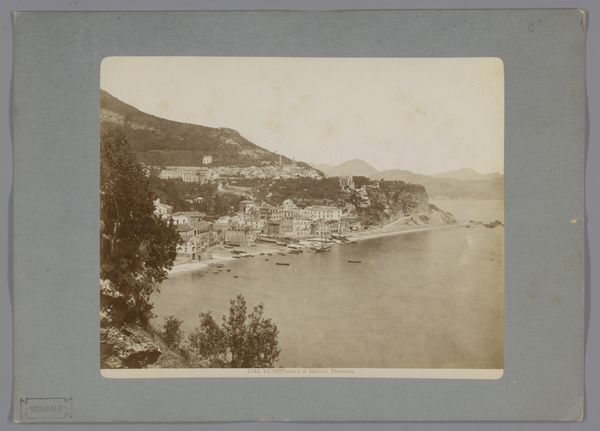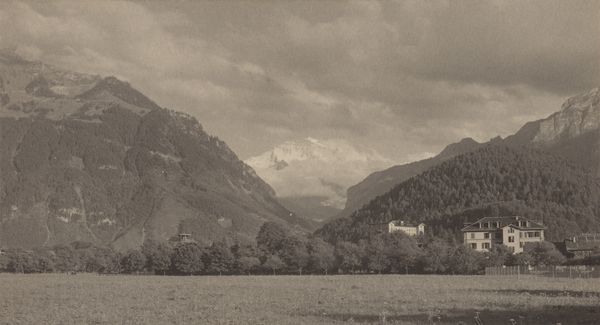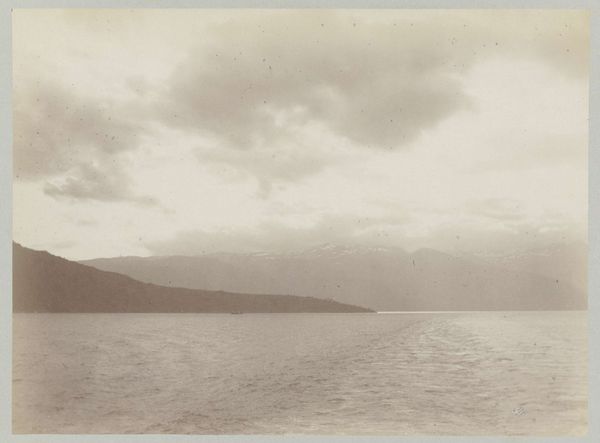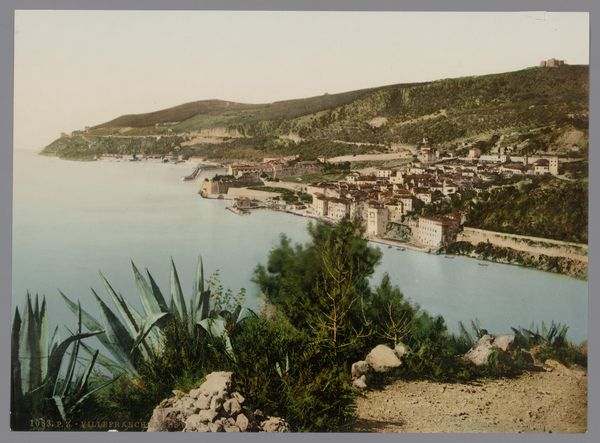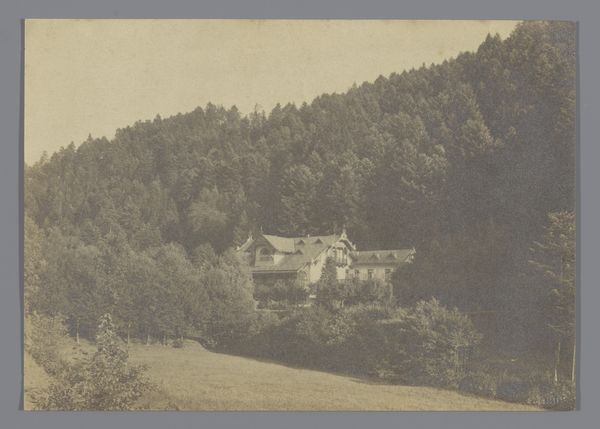
photography
#
pictorialism
#
landscape
#
photography
Dimensions: height 156 mm, width 209 mm
Copyright: Rijks Museum: Open Domain
Editor: This photograph, "View of a Village on the Faleidfjorden in Norway," was taken in 1891. The anonymous photographer has captured this lovely scenery. I'm immediately struck by its tranquility; it's such a calm, still image. What details stand out to you in this piece? Curator: This image beautifully illustrates the pictorialist movement, doesn't it? You can see how photography was beginning to be considered more like fine art. Think about the cultural context of late 19th-century Norway. There was a rising sense of national identity, and landscape became very important. How do you think an image like this could serve nationalistic sentiments? Editor: I guess showcasing the natural beauty could inspire a sense of pride in the country? I mean, the scene really makes you think of simpler times, of the relationship with the land… Almost idealized? Curator: Exactly! Consider the role of photography in shaping perceptions of Norway, both internally and externally. It's more than just documentation; it's a crafted representation meant to evoke certain feelings, perhaps even advertise the nation. And note how different is from modern digital landscape photography; it projects more of an artistic interpretation, softening realism in favor of mood. What message might the lack of visible human presence convey? Editor: Perhaps nature’s enduring power compared to the fleeting nature of human endeavor. Or that even a human village seems so insignificant, like just part of the grand, greater nature... Curator: Precisely. That’s a subtle but powerful message. Photography can be a powerful tool, particularly at a key period in history. Editor: It really changes how I see landscape photography! Now I'm thinking more about how context shapes meaning and representation. Curator: It’s exciting to see how the camera does more than capture an image—it communicates values and culture.
Comments
No comments
Be the first to comment and join the conversation on the ultimate creative platform.
